With the evolution of technology updates, marketing automation is rapidly gaining power and many companies are now implementing email campaigns in order to obtain better results. However, as the spammers are also increasing alongside with this rapid evolution.
As per the recent reports prepared by Statista, by the end of 2018, spam messages accounted for 53.5 percent of e-mail traffic worldwide. In the second quarter of 2018, China accounted for the majority of unsolicited spam emails with 14.36 percent of global spam volume.
Why your emails go to spam box?
As spam filtering is getting more rigorous, it is becoming difficult to avoid emails going to spam. Moreover, even the spam filters aren't 100% accurate to avoid spamming. And do you have an idea who decides which emails are spam?
There are basically two groups- the ISPs and the people on your mailing list. If the ISPs notice that you are spamming or your recipients hardly engage in your emails, ISPs mark your emails as spam. Second, if the users feel that the email is irrelevant or unsolicited, then your emails might land in the spam folders.
Top reasons why emails go to spam
- Inadequate permissions: To get email permissions, it is necessary that the recipients have agreed to receive the emails from you. If you are sending emails to the users who haven't subscribed yet, it is sure that your emails will go to the spam folder instead of landing in the inbox.
- Spammy content: The content of your email including the header, message content, images, links, and other factors can lead to messages in spam. It might include:
- Hashbusting: special characters used to break words or phrases like H5% T6^g2
- Bad links: Linking to unreputable sites or content and even using URL shorteners.
- Misleading subject lines: Using 'Fwd:' or 'Re' while sending email for the very first time to a recipient.
- Sloppy HTML code: Using MS Word for designing in HTML adds extra formatting to the code might raise your spam score.
- Unauthenticated sender ID: Whenever an agency tries to send out emails using its own server, the emails might land in the spam folder instead of going to inbox. Also, you must use straightforward field names.
- Legal violations: As per the CAN-SPAM Act of 2003, it imposes legal requirements on commercial email and ISPs might weed out the content that violates the regulations-
- You must have the option to 'Unsubscribe' for the recipients.
- Unsubscribed requests must be honored within 10 days.
- From-addresses must be true and accurate.
- Subject lines must be relatable to the content.
- Not appealing to the recipient: If you keep on sending irrelevant emails which recipients don't like or sending emails quite often might mark your email as spam. You must send an impactful email which is useful for the customers.
- Hiding Your Unsubscribe Link: Obviously, nobody likes that the user unsubscribes your email. If the customer is not able to locate your Unsubscribe button, there are chances that he might mark you as spam. And as per the CAN-SPAM Act of 2003, you must legally add the Unsubscribe link to your email.
Stay on the safer side with jiMailer!
Looking for an advanced email automation platform? You can rely on jiMailer and stay on the safer side. jiMailer lets you manage emails perfectly at the most affordable prices. Still not convinced? Get in touch with us and know more about jiMailer.

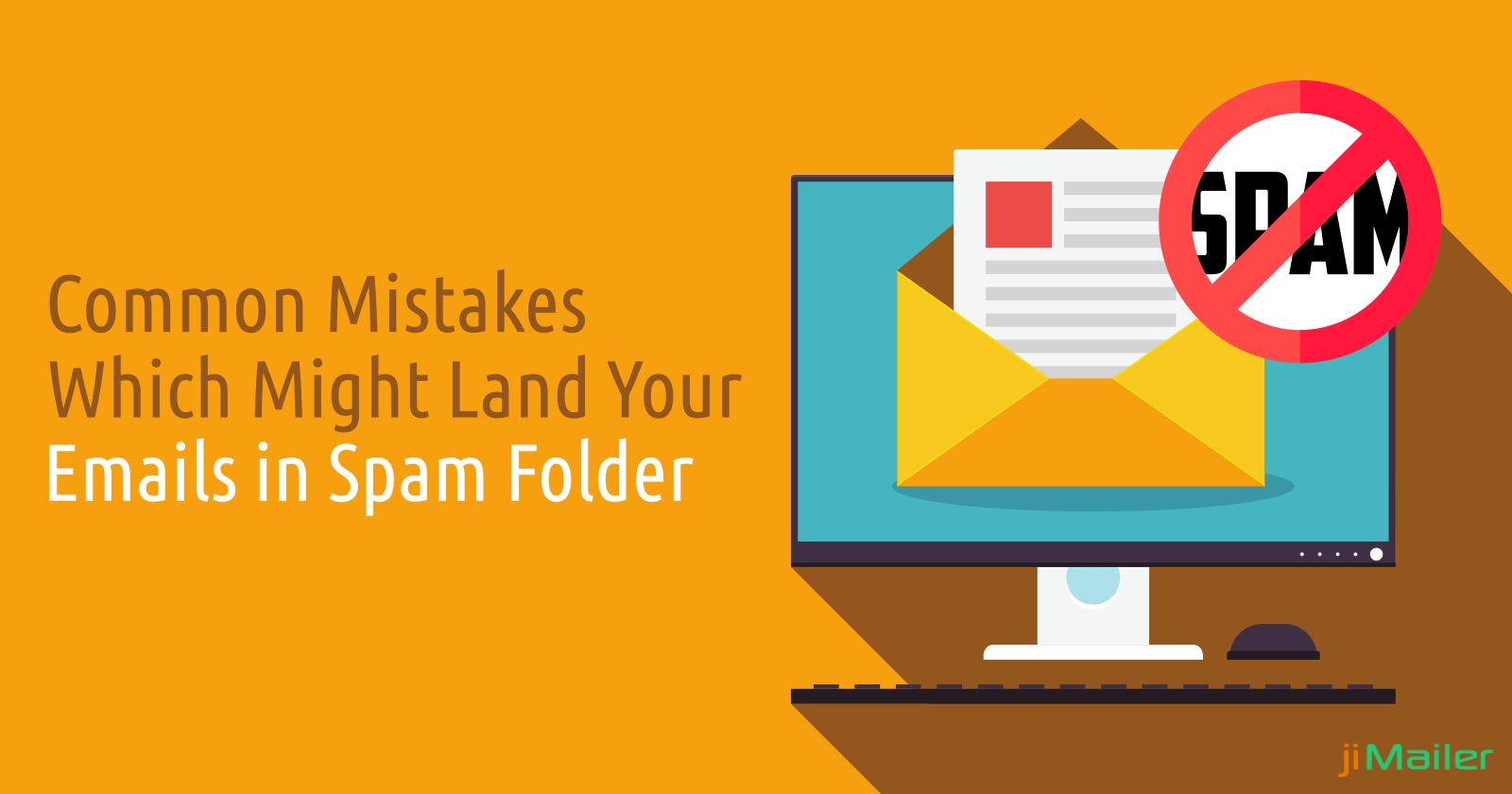
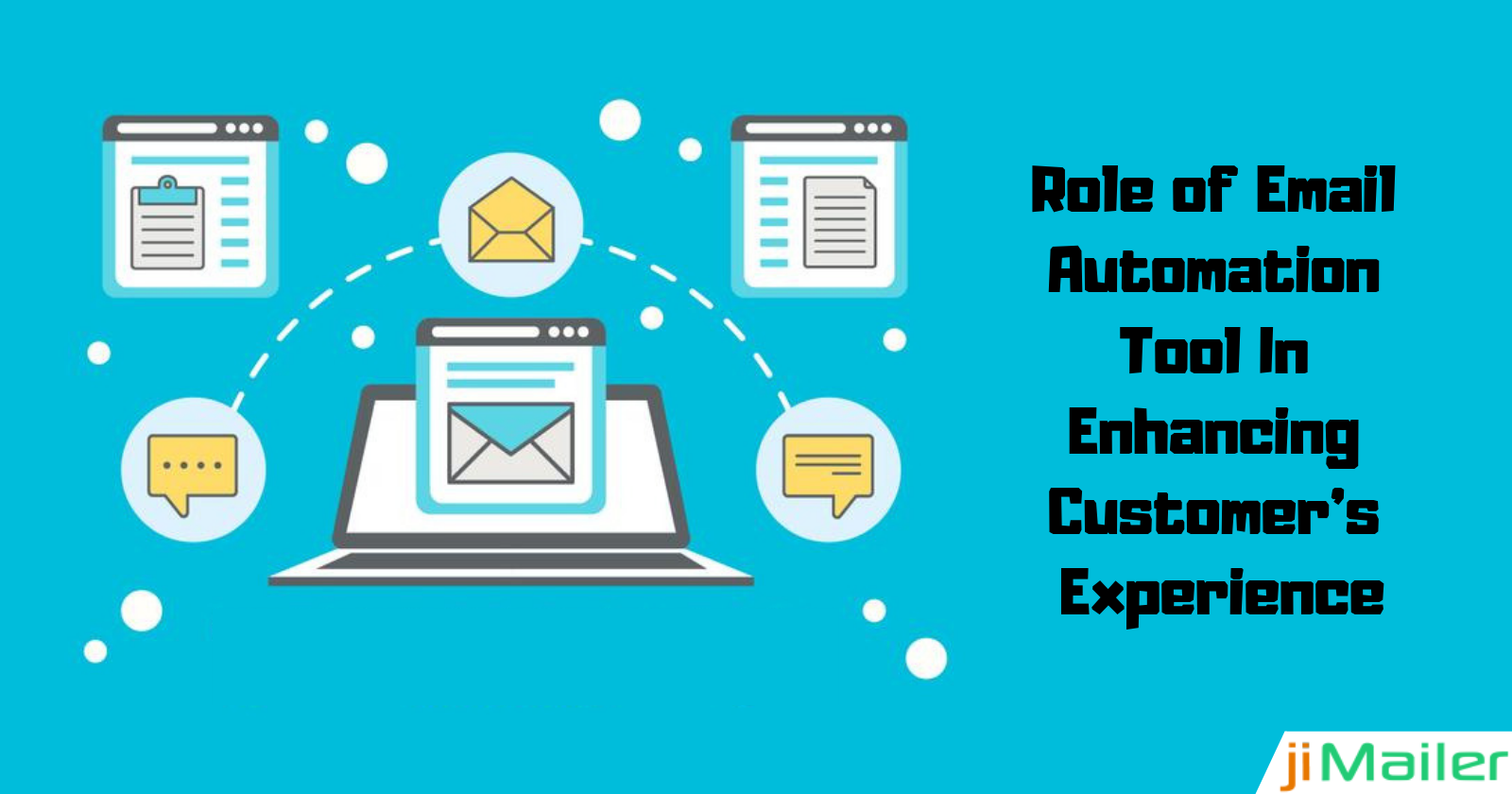
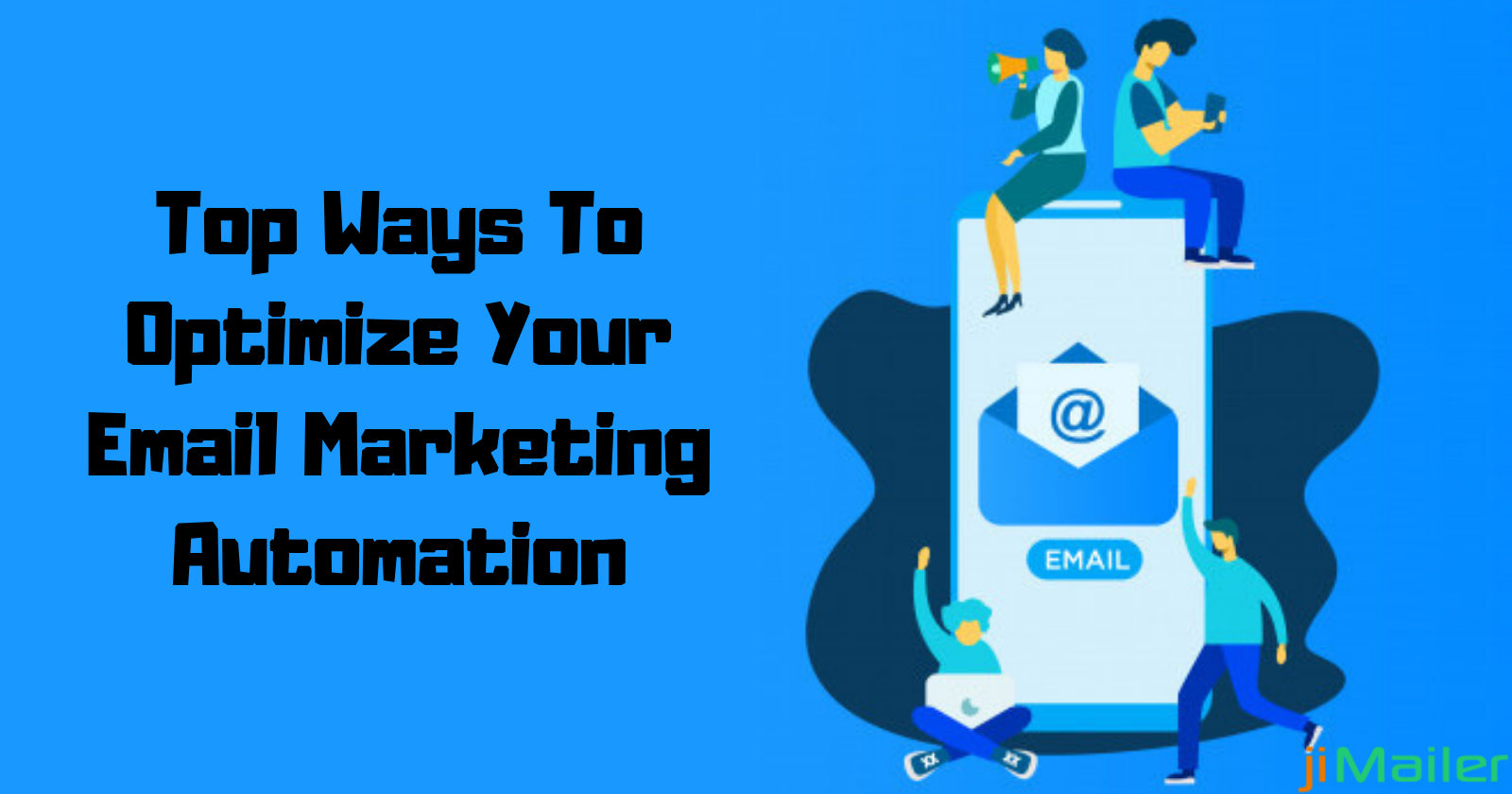
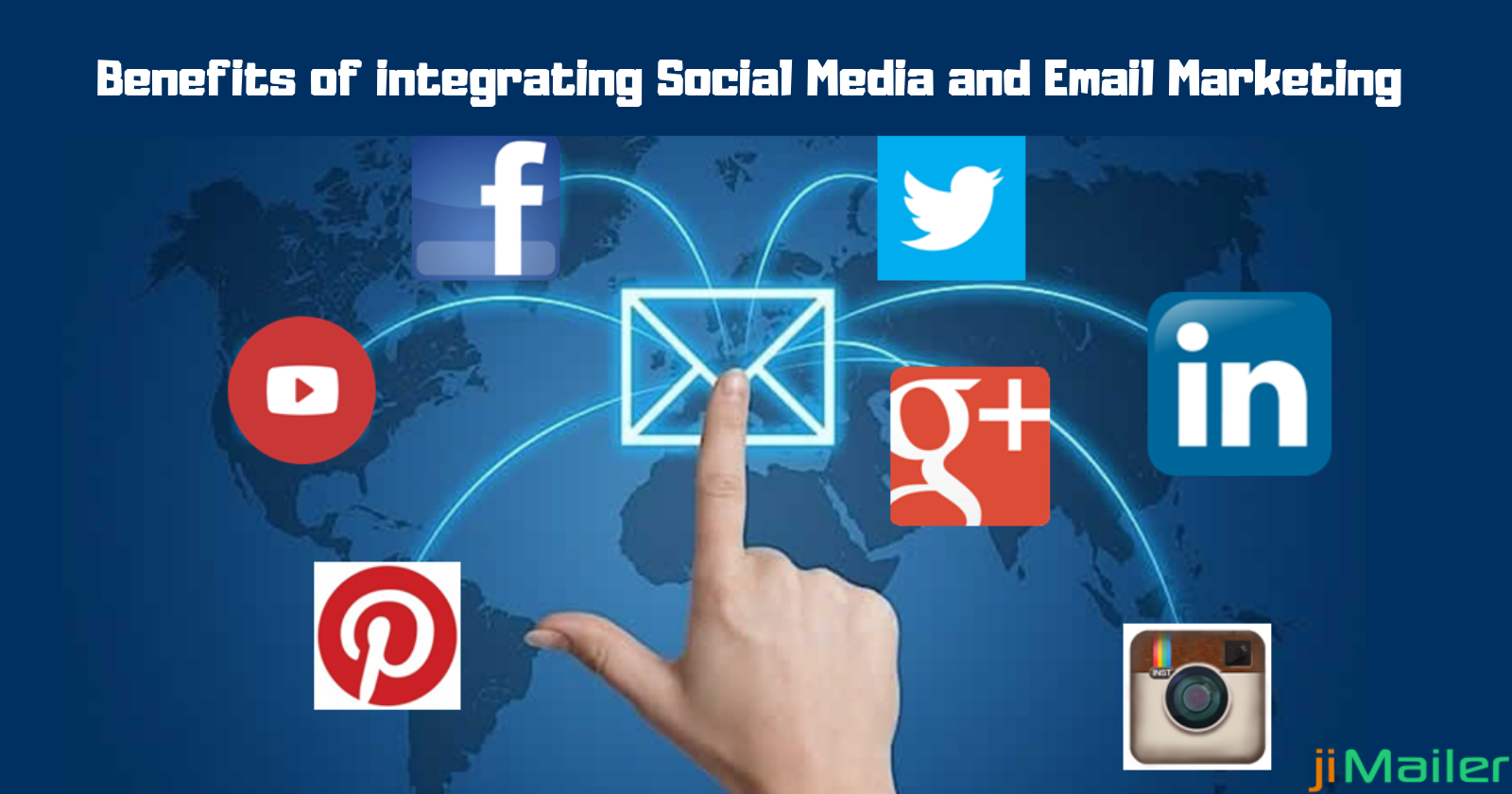

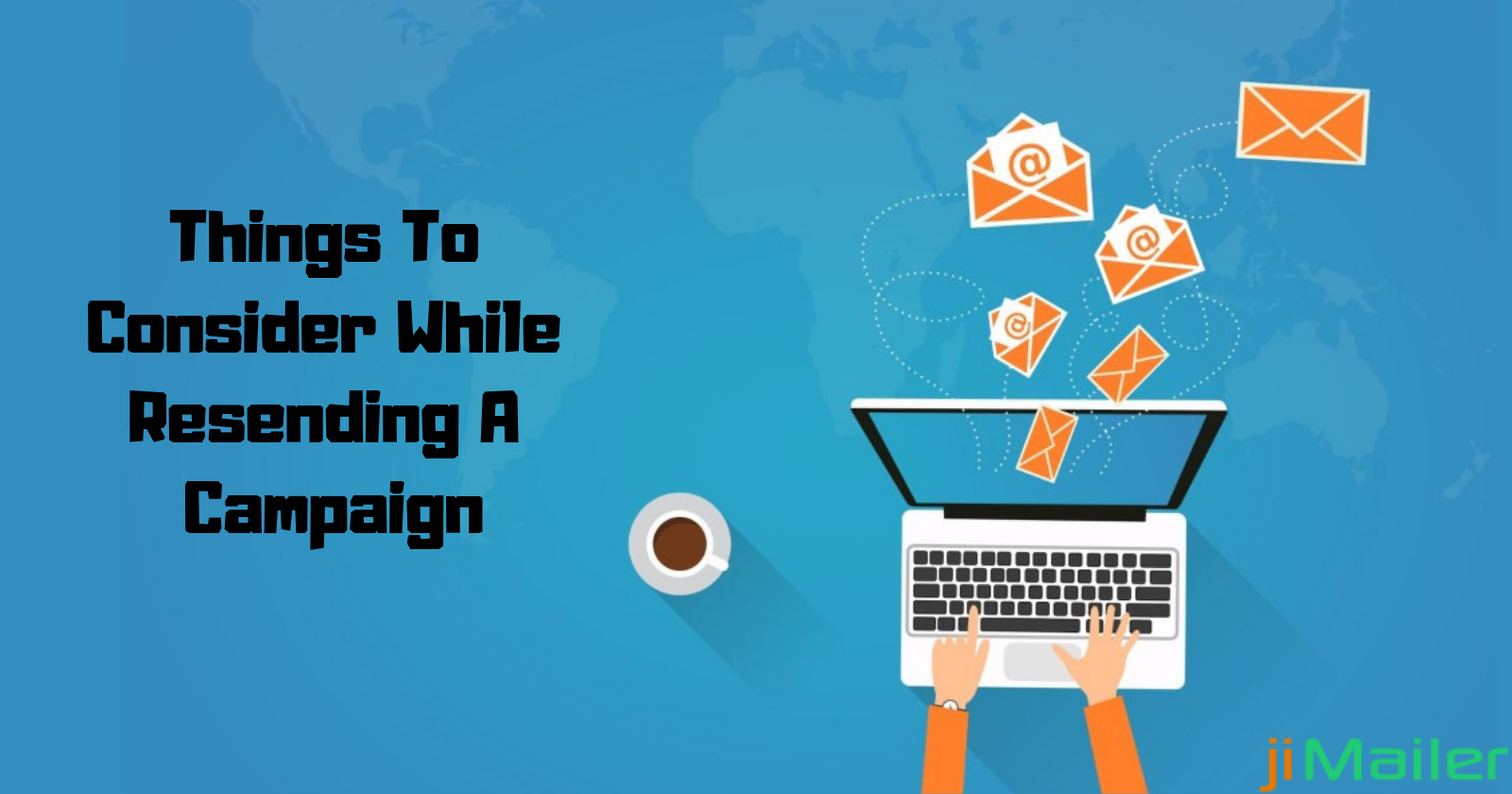
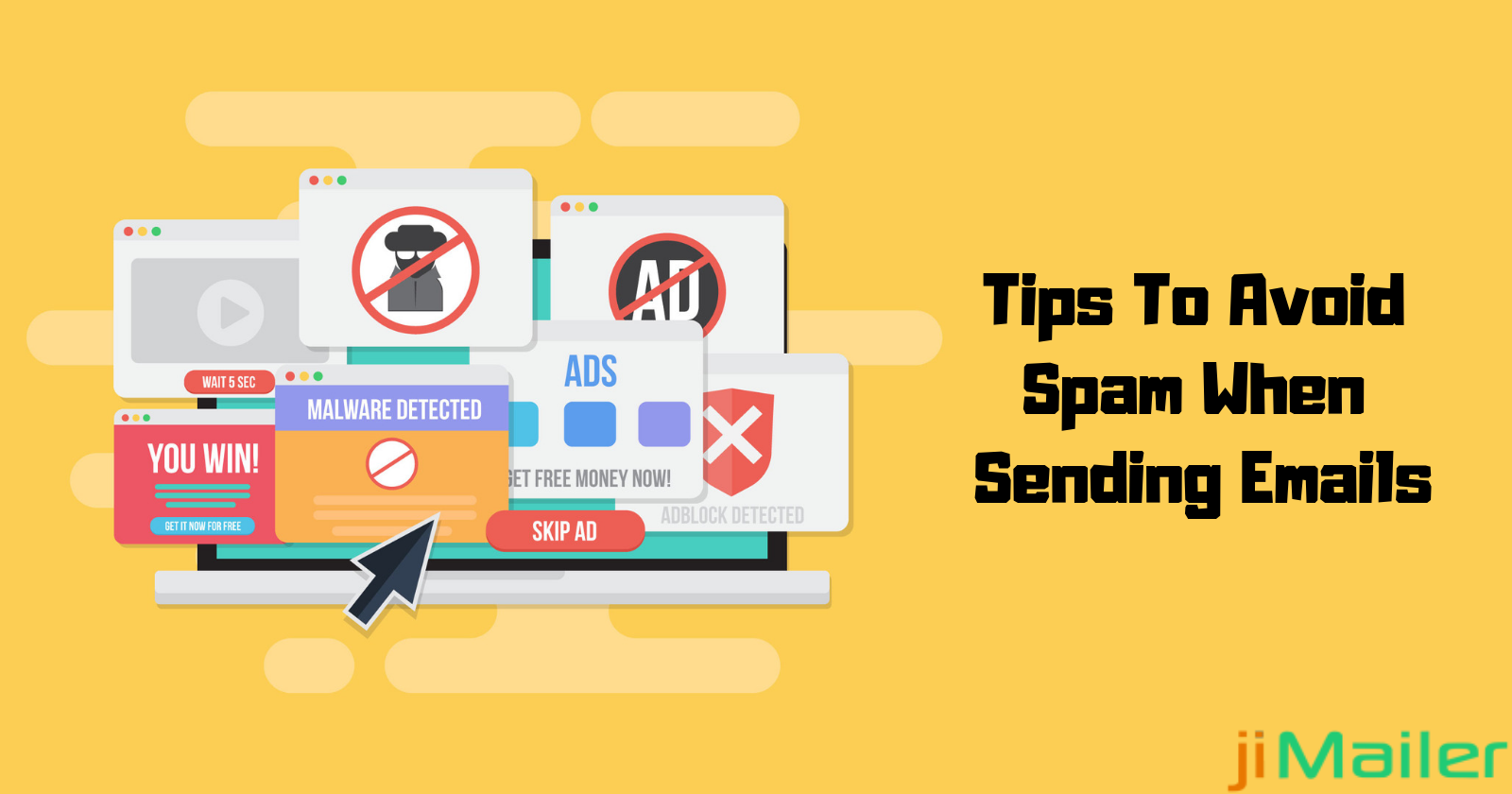
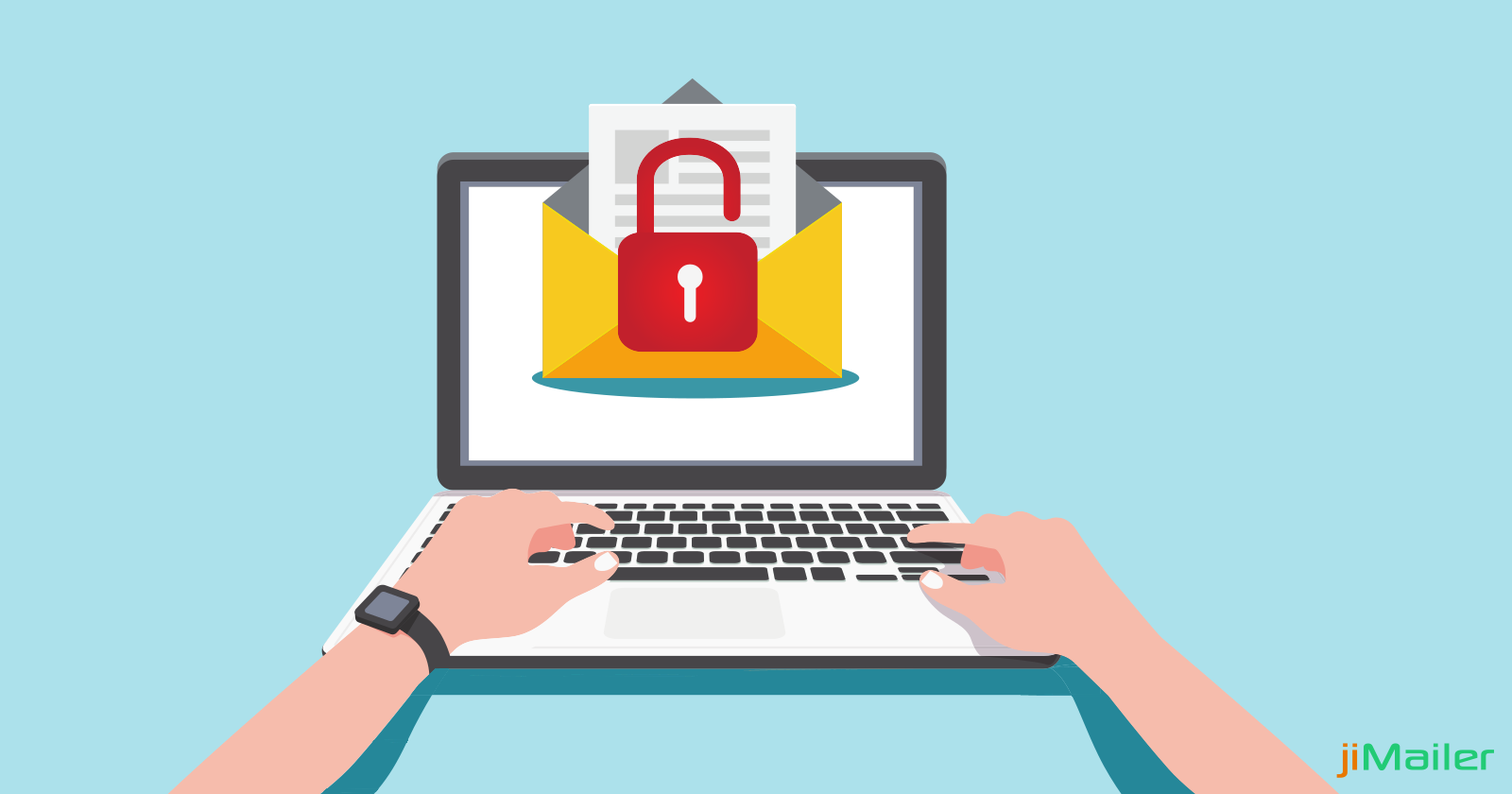
Share this post on: